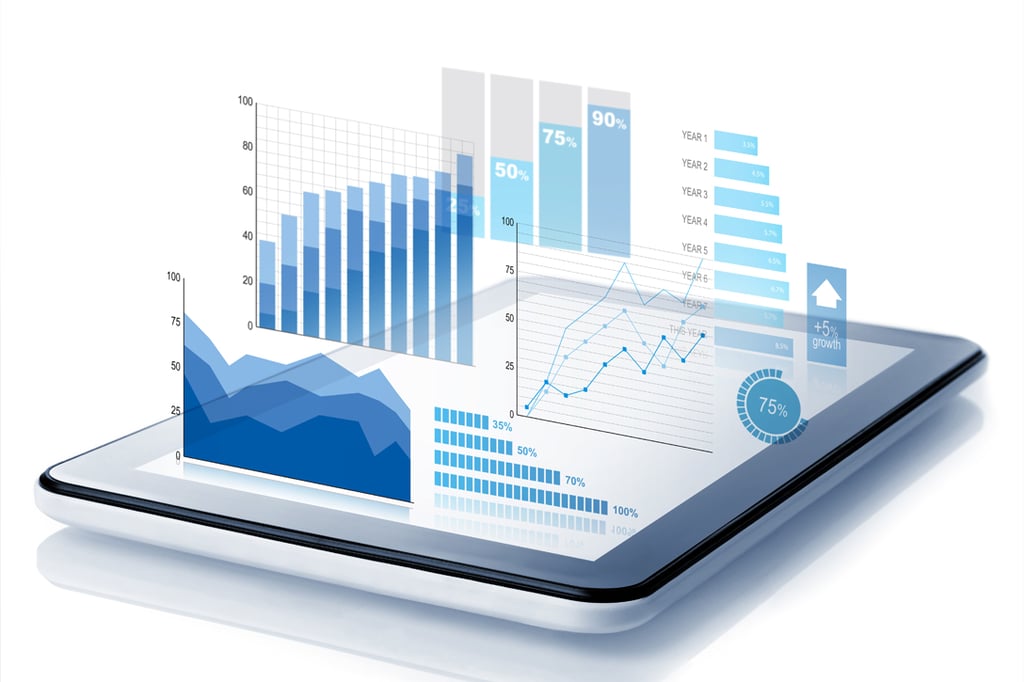
5 Big Ways Big Data Is Changing the IT Network

Hyperconvergence is all the rage at the moment, promising big things in small packages and the ability to support Big Data and other applications at low cost and with none of the complexity that accompanies traditional data infrastructure.
But as with most emerging technologies, the truth is both more and less than it seems.
To be sure, the siren call of hyperconvergence is being heard across the IT landscape. Whether it is web-scale entities like Google and Facebook building their own platforms out of commodity hardware and home-grown software architectures or traditional vendors looking to leverage their platforms for enterprise and cloud deployments, a hyperconverged architecture will likely be the preferred solution going forward.
Recent industry pairings are already heading in this direction. Lenovo and Nutanix recently joined forces to develop a new range of scale-out appliances that combine server, storage and virtualization services into a ready-made and easily managed data solution. The as-yet unnamed system will feature Intel technologies (presumably the new Xeon D, released earlier this year), and will support a wide variety of enterprise applications, including databases, desktop virtualization and analytics. At the same time, the two companies will leverage each other’s global sales and marketing teams to tap lucrative new markets like China.
Hyperconvergence is also expected to play a large role in the fortunes of the new Dell/EMC entity. As Enterprise Storage Forum’s Christine Taylor notes, Dell’s server business will benefit from the synergy between Dell’s existing storage line and the EMC portfolio, including VMware virtualization, allowing the company to produce in-house what others, like IBM and Lenovo, must cobble together through partnerships. At the same time, Dell will be able to leverage a wide range of related technologies – everything from DSSD Flash to advanced cloud platforms – to craft a variety of solutions that can be as generic or specialized as customers require.
Hyperconverence is also poised to rework the economics of enterprise applications that had been written off as too expensive, such as virtualization. Companies like SimpliVity are showing dramatic improvements in both the cost and performance of VDI with platforms like the OmniStack 3.0. The system has tripled login performance to 1,000 in 1,000 seconds, and enables upwards of 250 desktops per node for improved scale. As well, it supports enterprise-grade data protection and resiliency for VDI and mission-critical workloads such as OLTP processing and Microsoft Exchange.
Presumably, hyperconvergence would be even more at home in scale-out cloud settings than in the enterprise. But The Register’s Dave Cartwright says cloud providers may want to consider all the factors before committing to the technology. For one thing, sharing resources like RAM and CPU across multiple clients will likely be more efficient on fewer large servers than large numbers of smaller, integrated compute modules. And if you are offering dedicated, bare-metal service, it would make more sense to offer best-of-breed solutions that can be optimized to suit highly specialized needs. Hyperconvergence in the cloud would probably work for a mid-sized provider who needs to ramp up infrastructure fairly quickly, but it is questionable whether such a market can evolve against the price competition of the hyperscalers.
In reality, hyperconvergence is not a new phenomenon. The average cell phone today has about 1,000 times more computing power than the entire Apollo moon-landing program. As architectures become more refined and more powerful, the desire to squeeze them into smaller and smaller physical footprints continues unabated, so conceivably it is possible that one day we will all have the power of a modern data center on a wristwatch.
At that point, however, we will have truly crossed over from mere physical beings to digital entities, but we’ll probably still be calling out for more computing power and less hardware.
Arthur Cole writes about infrastructure for IT Business Edge. Cole has been covering the high-tech media and computing industries for more than 20 years, having served as editor of TV Technology, Video Technology News, Internet News and Multimedia Weekly. His contributions have appeared in Communications Today and Enterprise Networking Planet and as web content for numerous high-tech clients like TwinStrata and Carpathia. Follow Art on Twitter @acole602.









